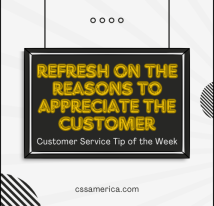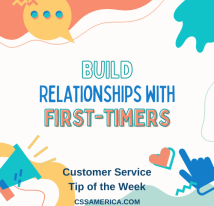
The patient was sick and tired – not just of being sick and tired – but of being awakened multiple times in her hospital room each night to have vital signs checked. She was tired of nurses and doctors talking about her while she was in the room, but never involving her in the discussion. She was sick of being “stuck” multiple times to draw blood by techs more focused on the vein than the person with the vein. And she was frustrated with the feeling that the experience was being done to her, not being created for her.
This 15-year old described her “care” in this video taken by her mom.
She feels that those that care about her are those that allow her to sleep. She wants them to keep her engaged, and she’s more engaged when she’s awake. She can participate better if she’s alert. She can help them help her if they ask her questions about herself. She can be a part of the treatment if they let her know what’s going on instead of trying to protect her from…whatever requires “protection.”
This is a young lady, a child, a patient, a person who is simply stating her frustration of not being a part of something that directly impacts her; she’s upset that they don’t see the damage they do to her and her health by not allowing her to sleep. She wants to be heard.
Where could you better care for your customer by involving them in the discussion and decisions? Where could you make them feel better about the experience by creating an environment that doesn’t burden them and frustrate them? Where could you share more about the overall experience and steps with customers, instead of trying to keep the details from them?
Create a customer experience that includes openness, customer involvement, and an environment that fosters engagement.
Signup for FREE Tips! Contact Us More Resources for You Visit Our Home Page























